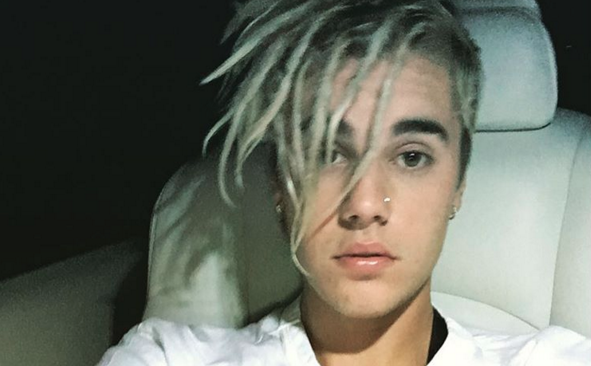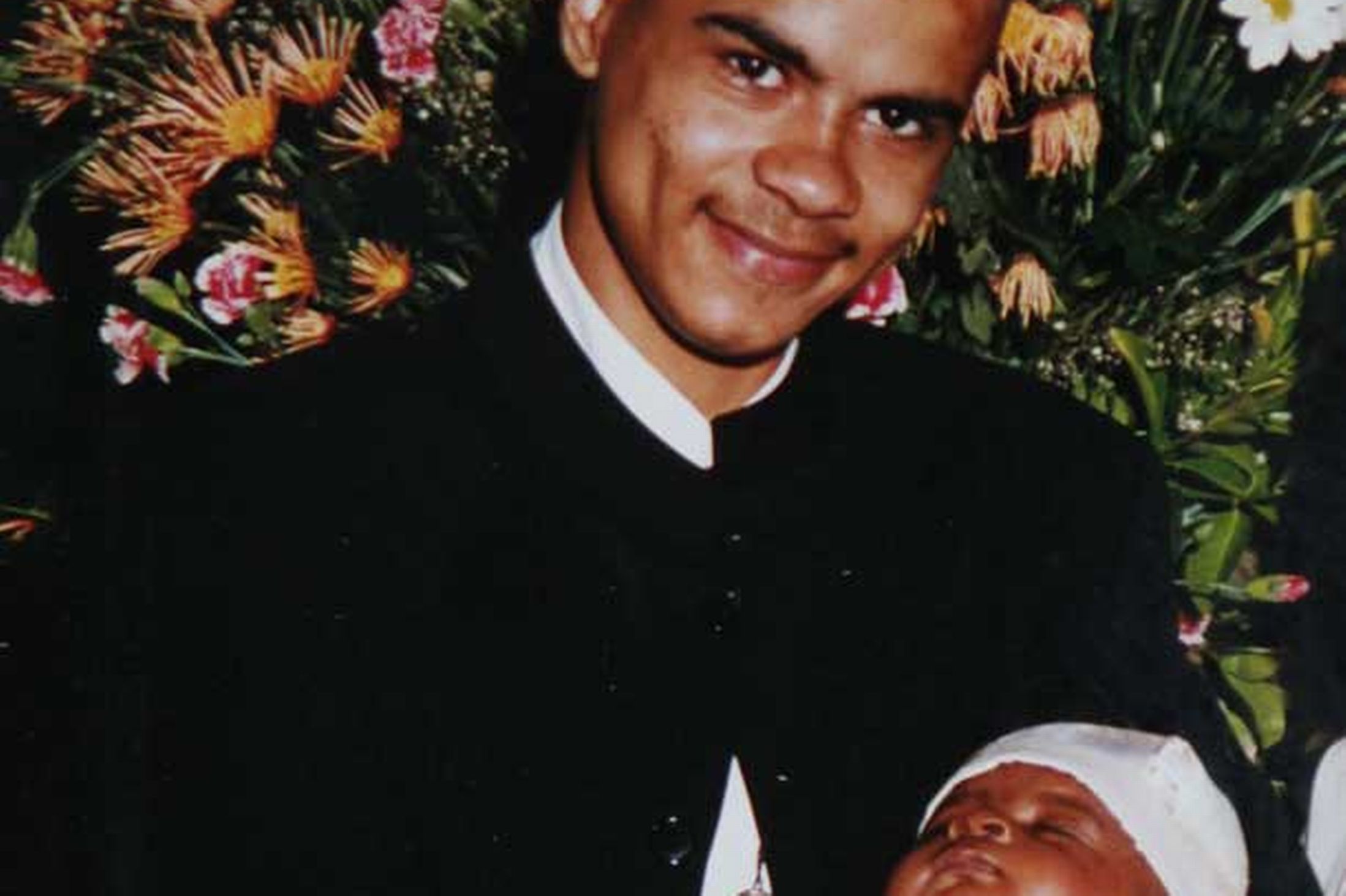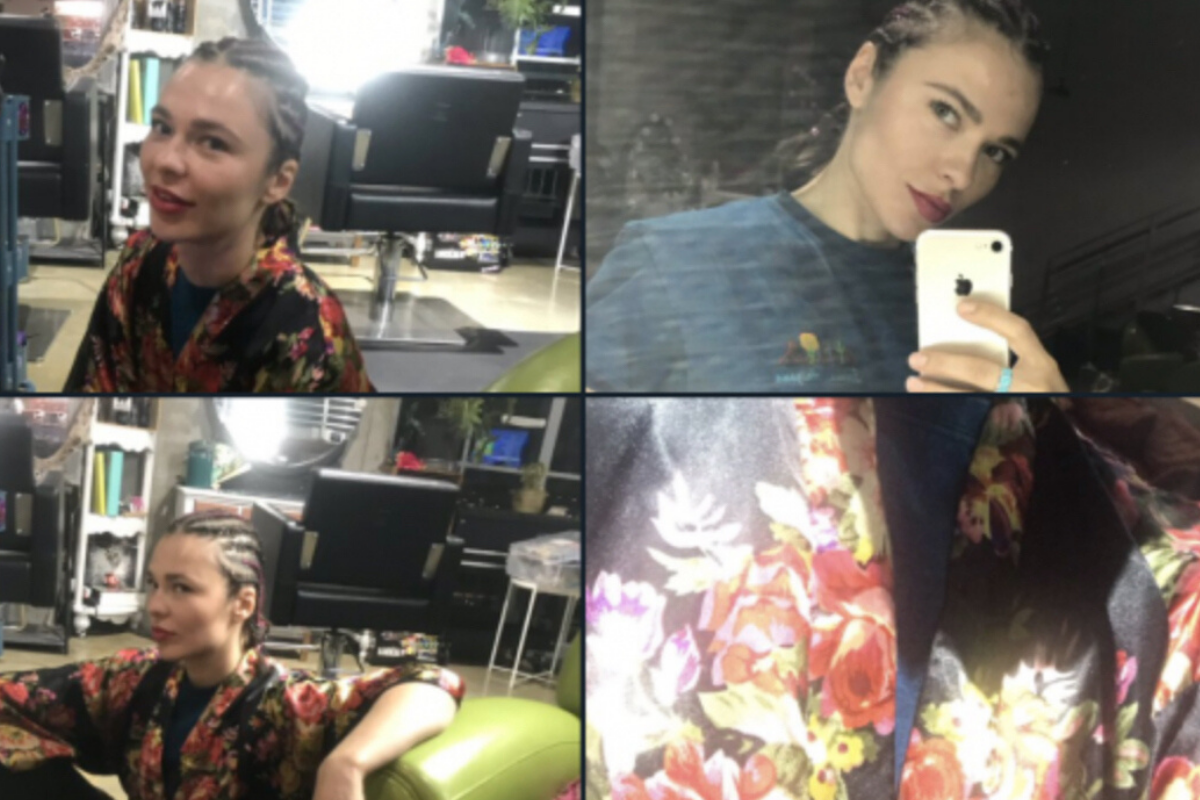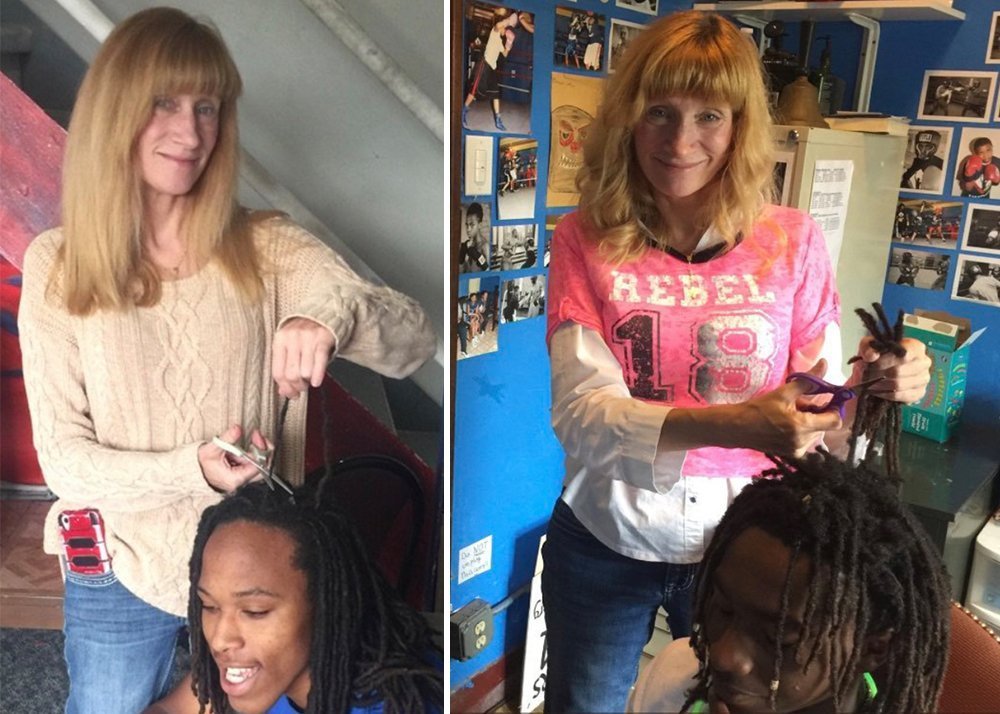
A while back, here at gal-dem we asked our readers to send us in questions about anything they wanted us to answer. What surprised is how often the same question came up in various forms: what is cultural appropriation? Why can’t white people wear dreadlocks? Are black people who wear weave cultural appropriators too?
In a week that saw Justin Bieber get dreadlocks and a black woman go viral for arguing with a white dude about having the hairstyle himself, it’s about time we answer these questions, so that you never have to ask us again. Here is a starting block for those who genuinely don’t know, and for those who do to send to their friends so they don’t have to keep explaining things themselves.
What are dreadlocks?
Dreadlocks are a hairstyle in which the hair strands are locked together and manipulated into thicker individual ropes. They can be achieved through various methods, such as twisting the hair or through ceasing to comb through hair until dreadlocks are formed. Due to the tight kinky and curly strand patterns of Afro hair, dreadlocks are more likely to form naturally with this hair type than others. There is a misconception that dreadlocks have to be dirty, but this is false. Fully formed dreadlocks require the same levels of cleanliness as any other hairstyle, if not more, as they are more likely to catch lint and dirt due to the nature of their design.
What is cultural appropriation?
At a basic level, cultural appropriation is the process of adopting certain elements of another culture, such as practices, ideas, or symbols, and removing them from their original cultural context. It is considered inappropriate for many reasons, such as the profiting off the intellectual property of other cultures, disrespecting spiritual or religious figures and practices, and the double-standards involved when a dominant culture adopts aspect of a culture they have historically oppressed.
Which culture do dreadlocks belong to?
Most ethnicities have a claim on wearing locked hair in some way, depending on how far back you go. Ancient Greeks and Egyptians were known to sport dreadlocks, as did the Vikings, allegedly, a fact that gets brought up often to defend white people wearing dreadlocks*. However, these cultures have since died out, which means dreadlocks haven’t been a dominant part of white culture for about a thousand years.
Dreadlocks have been consistently worn by various ethnic tribes in Africa, and have similarly been sported by the black diaspora as a maintenance tool. They also hold religious symbolism in some sections of Hinduism. However, in the modern-day 21st century of which we all currently live, dreadlocks are most commonly associated with the Rastafari movement which developed amongst black Jamaicans, through which dreadlocks hold spiritual significance.
So, although all ethnicities have a history of sporting dreadlocks, anybody who wishes to deny that dreadlocks are a black hairstyle within the cultural context of the present is in denial.
(*Although my Google search couldn’t actually uncover any sources to prove Vikings had dreadlocks, but some of y’all are really adamant that they did.)
But hair is just hair. How can it be appropriated?
Most hairstyles don’t hold any cultural symbolism, or are witnessed across many cultures, and so it’s not offensive to adopt them. But different hair types are better suited to different styles, and so certain styles undeniably become linked to certain ethnicities.
When someone from a dominant culture or ethnicity adopts a hairstyle that is linked to a culture or ethnicity that has been systematically oppressed by that group, several forms of appropriation can occur:
- When the dominant group claims they have invented that hairstyle, and don’t give proper recognition to those who’ve been rocking it the longest. An examples of this include the re-invention of corn rows as a “new epic” style created by Kendall Jenner that wasn’t rocked by seemingly every black R&B singer in the late nineties and early noughties.
- When the dominant culture is praised for wearing a hairstyle, but those from the cultural background associated with that hairstyle get villified for it. Like when Zendaya, a black woman, wore faux-locs and her hair was described as smelling like “pautchouli oil or weed.” Yet when white Kylie Jenner wears faux-locs, she got to be on the cover of Teen Vogue.
- When the hairstyle is used by the dominant culture to make a mockery of the wider culture it came from. This can be done on a subconscious level, such as when white people get dreadlocks, then listen to Reggae and smoke weed and mimic many other superficial aspects of Rastafari culture, but ignore that a pretty large part of the Rastafari movement is the liberation of black people from white oppression (shout out to Ras Trent for epitomising this double standard). It can also be done in a really blatant way, like those “rasta hats” with fake dreadlocks attached, sold by joke shops as a costume, often seen combined with blackface.
Even if you’re a white person with dreadlocks and don’t think the above points apply to you, the fact is these things still happen, and whereas black people with dreadlocks don’t have the privilege of ignoring them, you do, and that’s a problem.
It’s like this: imagine handing in your homework and someone else getting all the credit, then your teacher making fun of how awful your own identical work is in front of everyone. That’s what it can feel like for black people when white people wear dreadlocks.
But when black people wear straight weave, aren’t they appropriating white European culture?
Other than the facts that a) most hair extensions are exported from Asia, b) some black people have naturally straight hair, and c) all ethnicities have been known to wear extensions, the real answer to this question is that there is a difference between cultural appropriation and cultural assimilation.
Cultural assimilation is where ethnic minorities adopt the cultural practices of the dominating culture to assimilate into it. Black people who wear weave usually do so because, due to the far reach of Western colonialism and modern globalisation, the dominating culture is one that emphasises Western features as more beautiful, palatable and accepted, and less Western features, such as Afro hair and dark skin, as unprofessional and uglier.
Cultural assimilation is enforced through the dominating culture. You can see evidence of this in articles we’ve previously published, such as this black woman whose job offer was revoked when her braids (a hairstyle used by black women to maintain their hair) was deemed “against their grooming requirements”, when our author Yero Timi-Biu couldn’t get a flat because of her foreign-sounding name, and our #skinlighteningseries which highlighted how European companies use coded language and advertising campaigns to market dark skin as a problem to be fixed. I even wrote about how the pressure to culturally assimilate caused me to change my government name.
So, when people of colour adopt dominant Western cultural practices, it’s not a case of doing it to be cute, it’s because it can genuinely make living within that culture easier.
Tell me straight. Can I, as a white person, wear dreads?
Yes, you can. In the same way you can also choose to use racial slurs, or ignore systematic oppression. But you won’t be exempt from criticism for the reasons I listed above. In a society that puts emphasis on free speech, you have the freedom to wear dreadlocks, and black people have the freedom to explain to you why they find it racist or offensive. We are not entitled to all things. We cannot get away with doing everything we want at all times. Make of that what you will.









